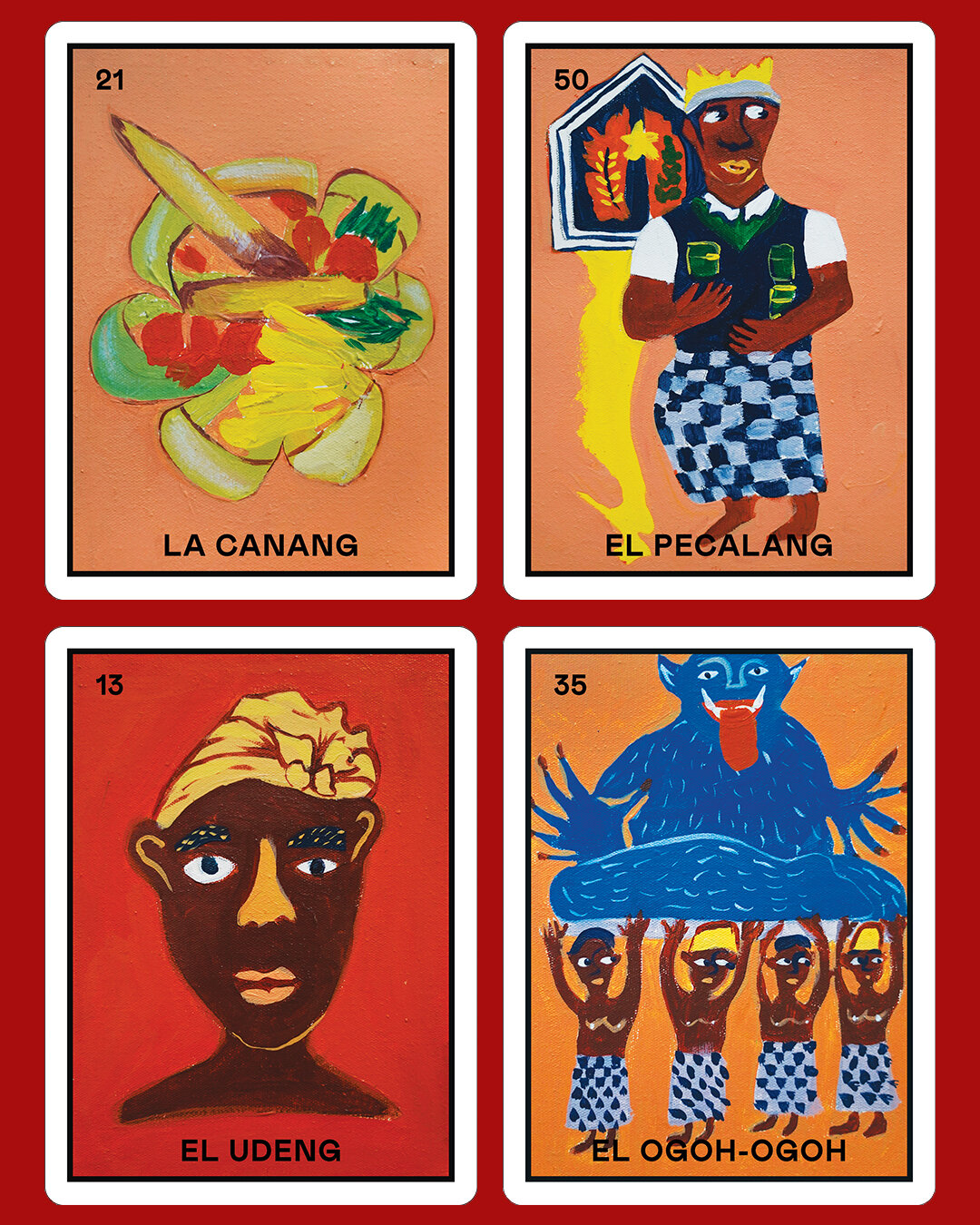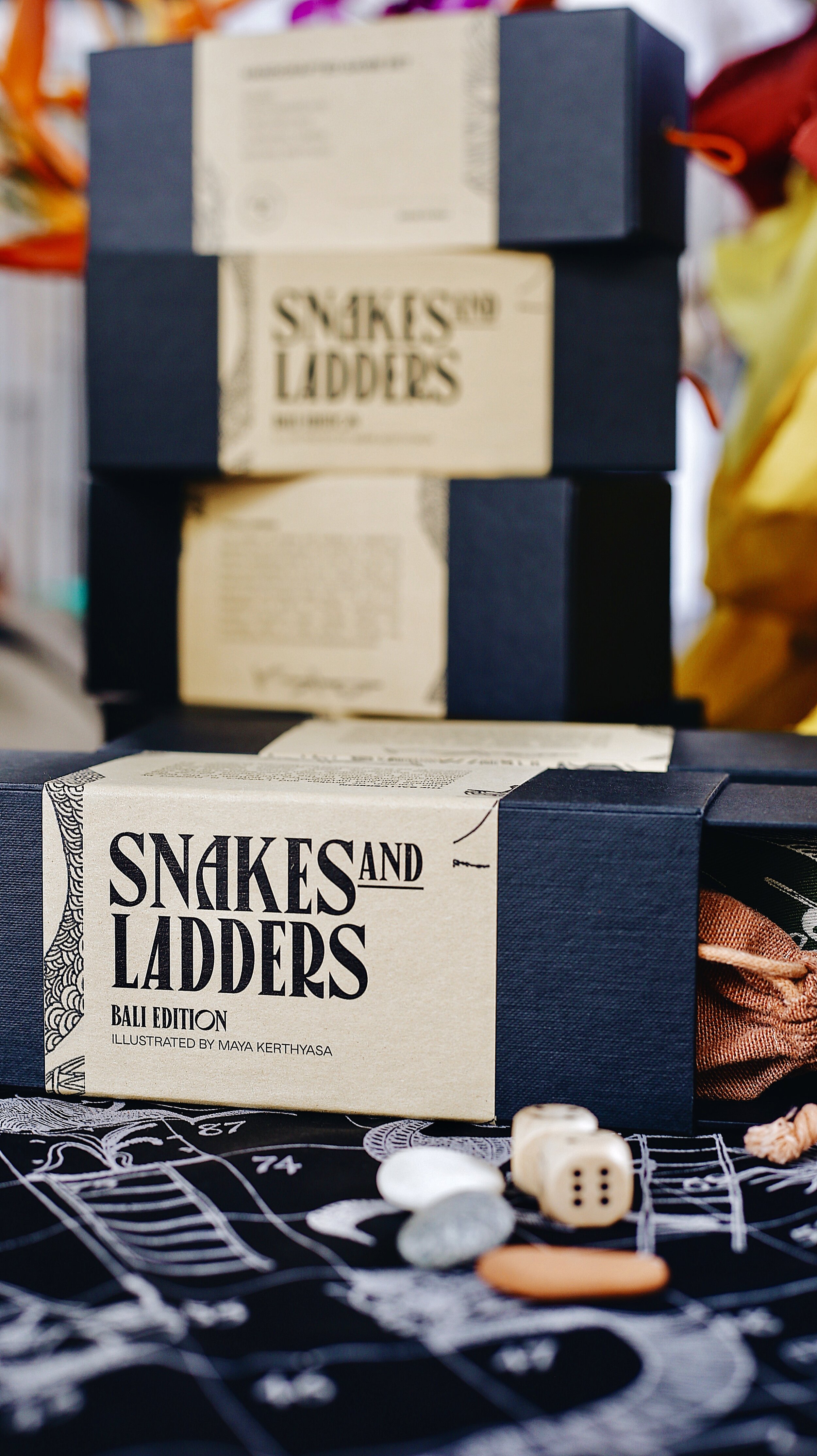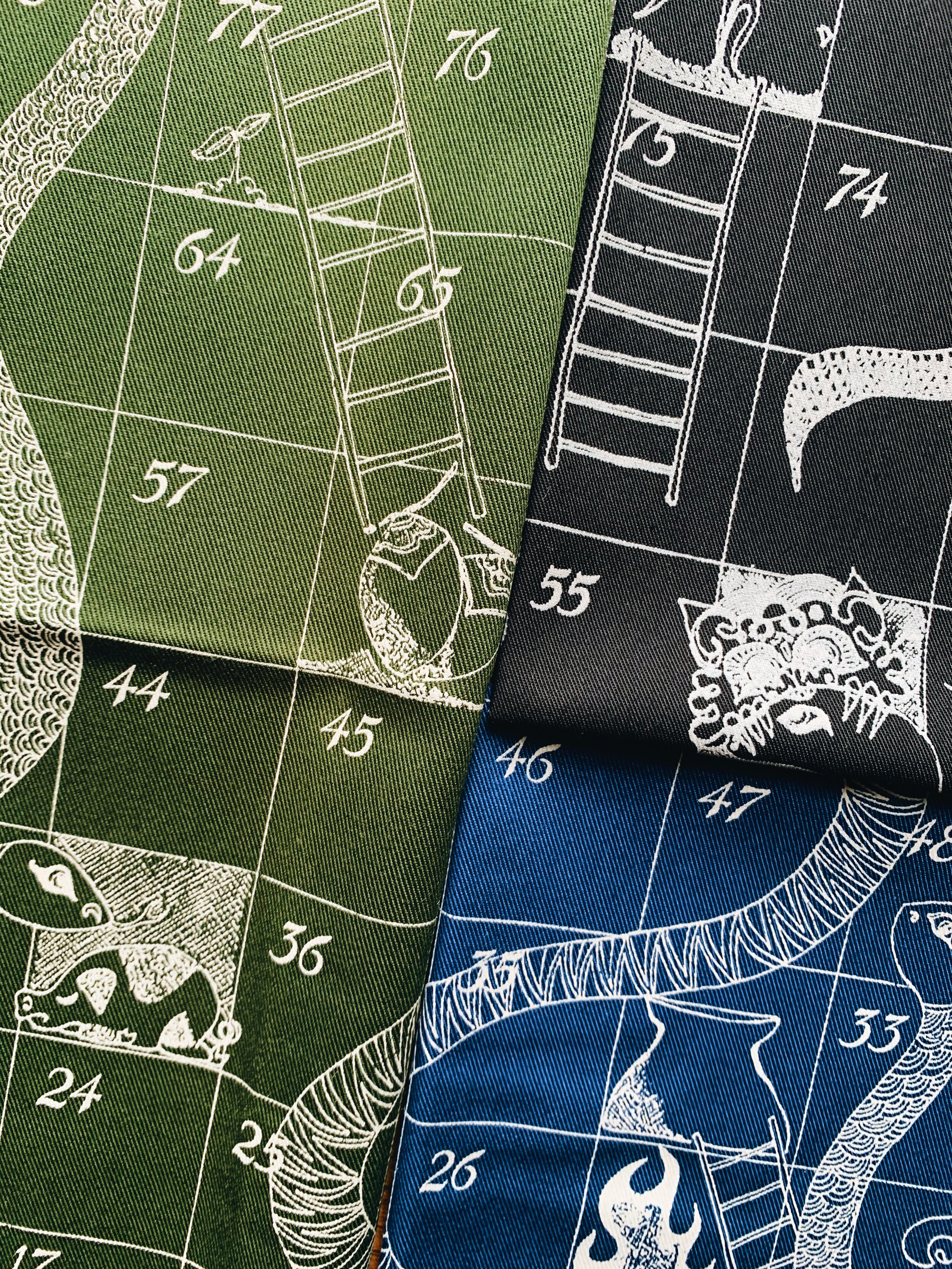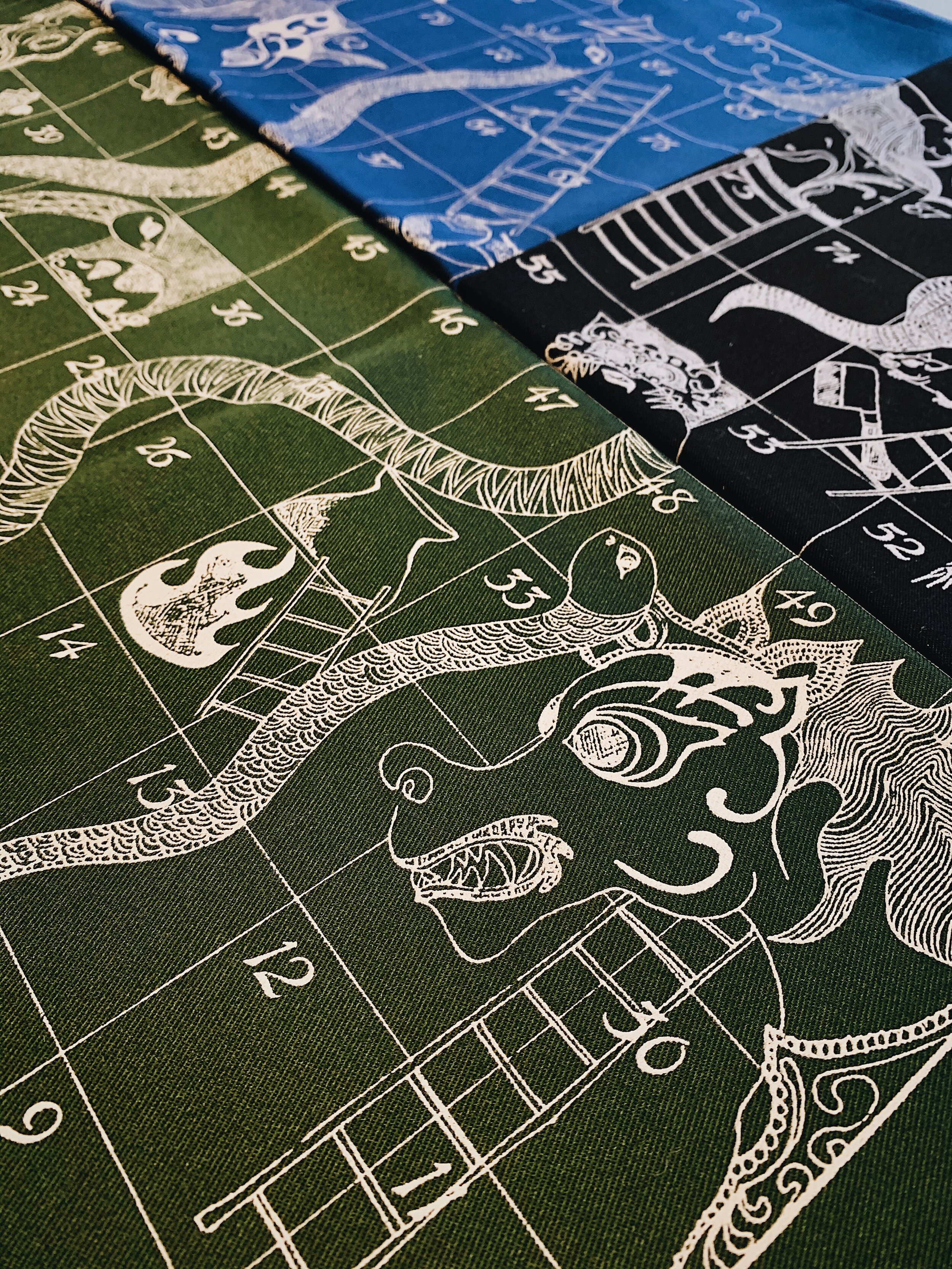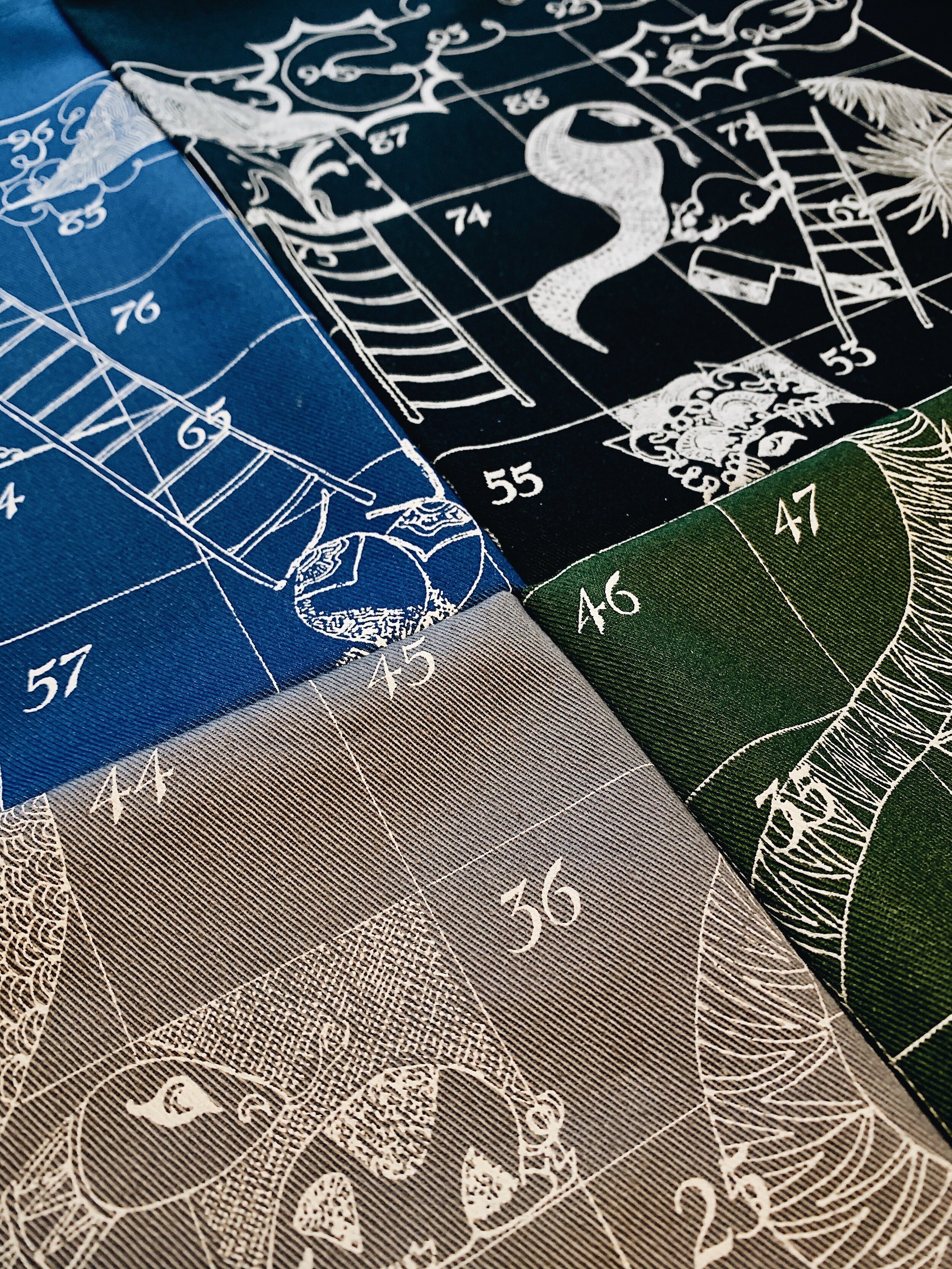A Bali-Mexico love affair: Loteria de Bali is born
/Introducing Lotería de Bali!: The beautiful relationship between Bali and Mexico reaches back to the 1930s with Miguel Covarrubias’ iconic book, illustrations and films. In honor of that, and our own deep connection to Mexico, we have always dreamed of creating this game.
Combining the original graphic direction with traditional Balinese culture makes a game that’s a visual homage to two vibrant cultures. You can order it on our online shop or via Whatsapp.
The game features the artwork of Kanoko Takaya, one of Bali’s most exciting artists. She originally illustrated all 52 images in a 170 x 138cm canvas. We then digitized and printed on coated paper.
Lotería (the Spanish word for “lottery”) is similar to bingo, but using images on a playing board and a deck of 52 cards. Bali Lotería will also teach you a few Spanish, Indonesian, and Balinese words in between.
If you've played Loteria, you'll notice a lot of familiar names of the traditional icons and characters, like La Muerte and La Danzante pop up in Loteria de Bali.
We sat down as a team and underwent (an intense!) period of brainstorming and lobbying of which ones would make the cut and be translated for the Bali edition. The boot transformed into the flip flop, the hat into the farmer's sun protection, and on and on.
Hope you enjoy discovering all the differences and similarities!




